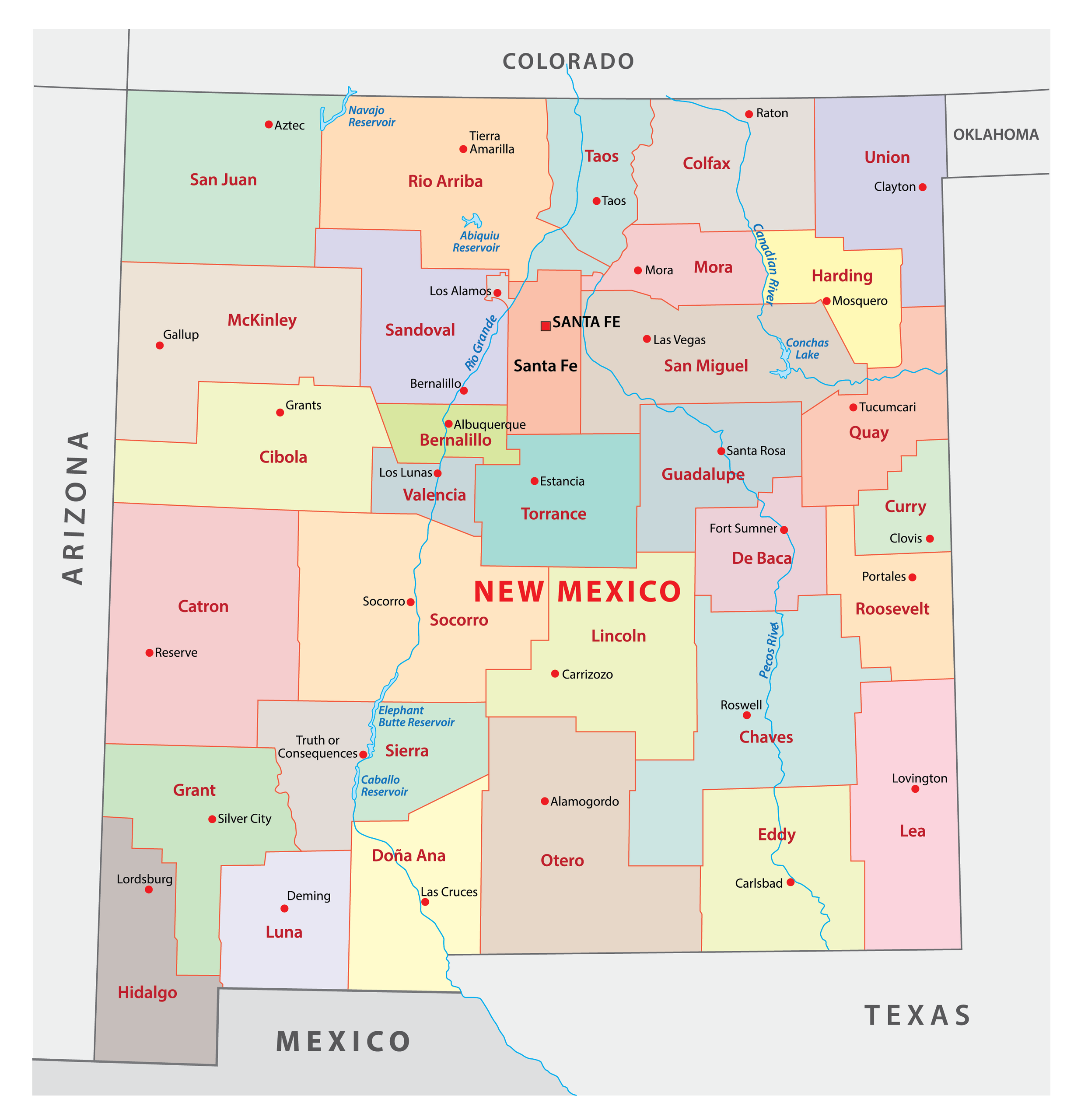New Mexico, or the “Land of Enchantment”, is a one-of-a-kind place in the southwestern United States that features interesting and diverse cultural routes to explore, various beautiful landscapes, and a variety of associated histories. Contiguous to Texas, Arizona, Colorado, including Oklahoma, and a border with Mexico to the south, New Mexico has developed as a culturally distinct state with significant Native American, Hispanic, and Anglo influences. This cultural distinctness reflects centuries of historical roots and colorful traditions.
The vast array of potential experiences in New Mexico ranges from the ancient ruins of Chaco Canyon, the savvy art community of Santa Fe, to the town of Roswell, which is well-known for its alien stories and otherworldly lore. There are numerous key contrasts and surprises associated with the culture of New Mexico, but a fantastic array of potential, native desert forms, grand, high mountain ridges, and wide cornflower-blue skies all contribute to its allure for a unique and ongoing experience.
Check Out: All About New Mexico: Check History, Map, Economy and Education
New Mexico: Land of Enchantment
Known as the "Land of Enchantment," New Mexico truly lives up to that name with a wonderful combination of scenery, ancient history, and rich culture. With glowing deserts and red rock canyons combined with the snow-capped peaks of the Sangre de Cristo Mountains, there is also a rugged beauty not found in many other places.
But New Mexico offers even more. New Mexico is culturally rich; its multi-layered cultures, Native American, Hispanic, and Anglo, were woven together over centuries, and it's a heritage that is largely unique, interesting, and rooted deeply in tradition. This phrase, "Land of Enchantment," was adopted by the state in 1941 but describes the state passionately with its awe-inspiring ambiance that entices residents and visitors alike.
Whether walking through a thousand-year-old Pueblo ruins, sharing a festive meal during a local fiesta, or stargazing under the bright desert, New Mexico's experiences are genuinely timeless and excite the imagination. It is a land where history, art, and nature collide, making it one of the most uncommon yet distinctive states in the United States.

Reasons Behind the Nickname
The nickname "Land of Enchantment" was officially adopted by New Mexico in 1941 to reflect the natural beauty of the state and its backdrop of rich history and cultural juxtaposition. "Land of Enchantment" first appeared in tourism brochures and other pieces in the early 1900s, and soon the phrase had a significant and astonishing popularity, quickly creating a very true sense of enchantment in connection to its landscape and culture.
Remarkable Natural Landscapes
New Mexico contains a uniquely remarkable variety of landscapes that envelop the spectators, desolate and rugged landscapes sate the desires of the outermost reaches of creation, anywhere from mountains, deserts, mesas, forests, and even volcanic listening environments or zones. White Sands National Park, Carlsbad Caverns, and the Rio Grande Gorge offer perspectives that simply astonish, leaving the spectator feeling enchanted.
Differed Cultures
This great state, within a rich culture, has an extensive history of peoples such as the great and powerful, unique Native American tribes in the area, such as the Navajo, Apache, and Pueblo peoples. It was colonized by the Spanish, and is settled by Anglo-Americans. This mixture of people has served to create the sense of community that has been rich in culture-living through a different lens; a culture that feels ancient as it is fresh and new.
Historical Significance
From ancient cliff dwellings and Pueblo villages to historic Spanish missions and Old West towns, New Mexico’s history is embedded in its landscapes and communities, adding to its mystique.
Art and Spirituality
New Mexico has also attracted the attention of many artists, writers, and seekers of spiritual enlightenment for centuries. Cities such as Santa Fe or Taos have embraced their heart and spirit for centuries.
Comments
All Comments (0)
Join the conversation